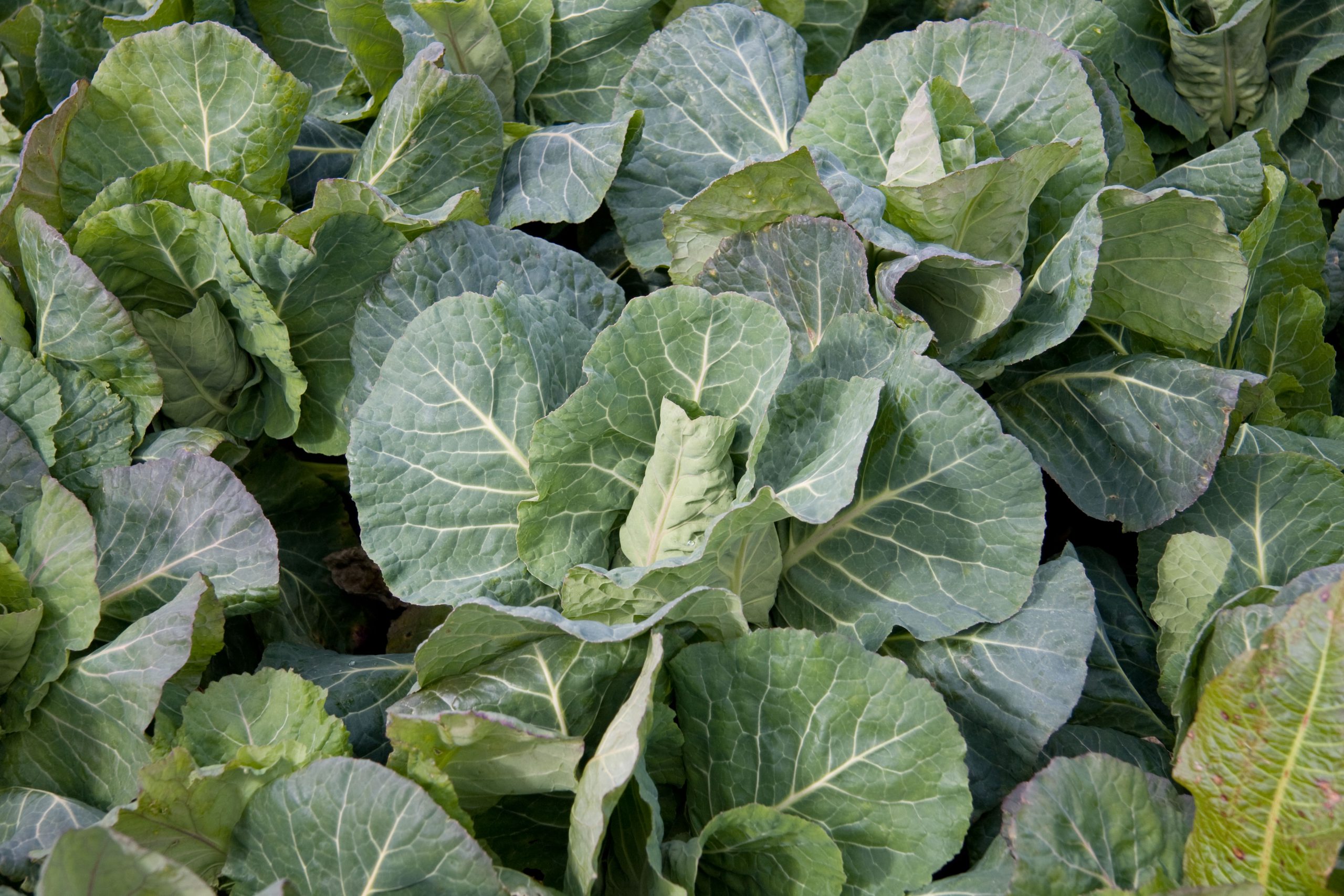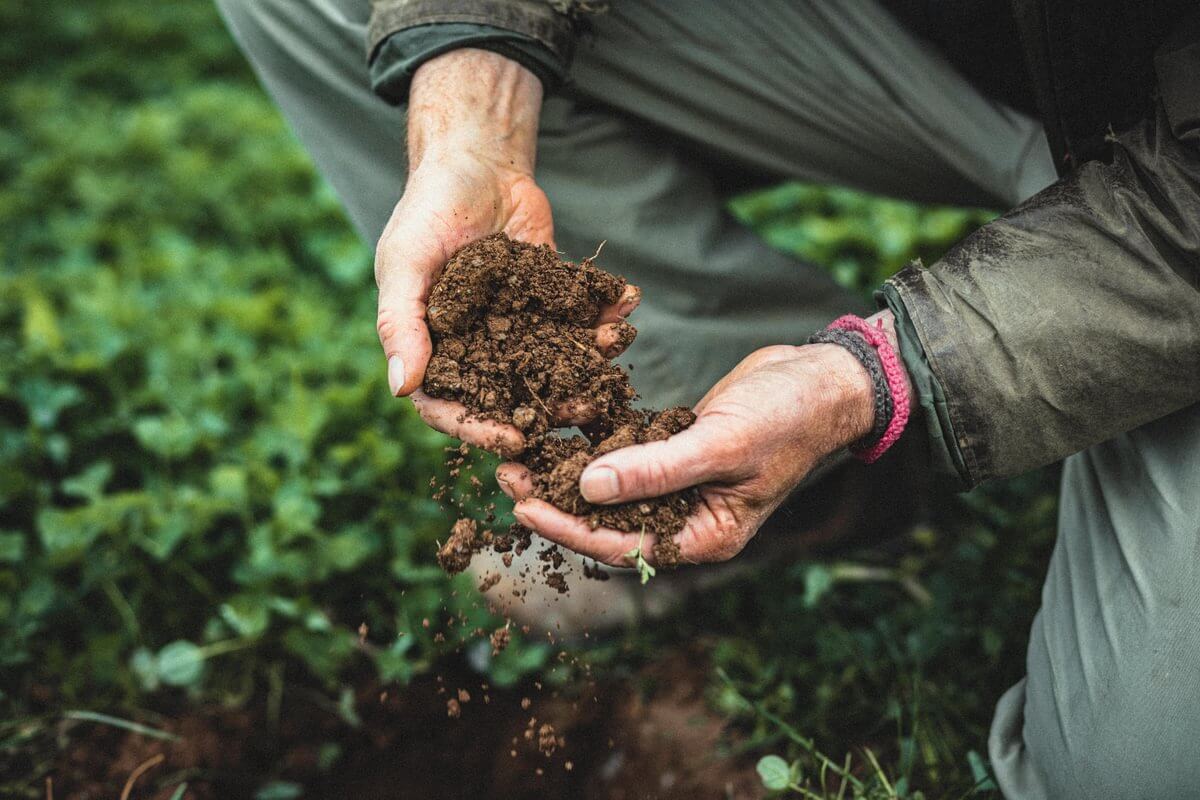
The soil is still a little drier than ideal for some crops, but as the dews get heavier, the sun lower and the days shorter, most crops are growing well. The dry weather and good light make for healthy plants, good weed control and easy harvesting. Perhaps the one exception to the latter point is potatoes; very dry, fine soil runs away so quickly through the harvesting webs (picture vibrating sieves) that the emerging tubers can be vulnerable to bruising. If we are too impatient, this will show up in your kitchen as blackening under the skins.
Soil temperatures at the surface are already declining, but at depth they remain at their annual maximum. The warmth accelerates the activity of invertebrates, fungi and bacteria: feeding on residues of previous crops, manures and each other, breaking down large, complex carbohydrates, and releasing soluble nutrients that can be absorbed by roots. With so little rain to carry those nutrients away into the subsoil (and ultimately rivers), this is the time when organic crops look at their best; in some cases they can become almost too lush, making them susceptible to the fungal diseases that typically arrive with the dampness of autumn. For this reason we seldom apply manure later than June.
Soluble nutrients means vulnerable nutrients, especially with the approach of winter rains. As crops are cleared, it is critical to get the ground covered as soon as possible. In early September we sow rye mixed with quick-growing legumes like vetch or crimson clover; the rye grows rapidly and roots deeply, even at low temperatures, and will mop up any soluble nutrients near the surface and even bring some up from the deep where weak-rooting vegetables seldom reach. If left into the spring, the legumes will secure some valuable nitrogen as well. As we get into early October we will sow just rye, and by late October it is best to leave the weeds (we generally have plenty) to do the job. Have I written this before? Perhaps something similar last September, or the September before…
Vegetables, Soil & Hope, ruminations of a lifelong veg nerd
For those of you who enjoy Guy’s weekly rants, ruminations and reflections, we have put together a choice selection of newsletters from the last quarter century, in a beautiful volume illustrated by Guardian cartoonists Berger & Wyse. Yours for £9.99 at riverford.co.uk/book.















0 Comments